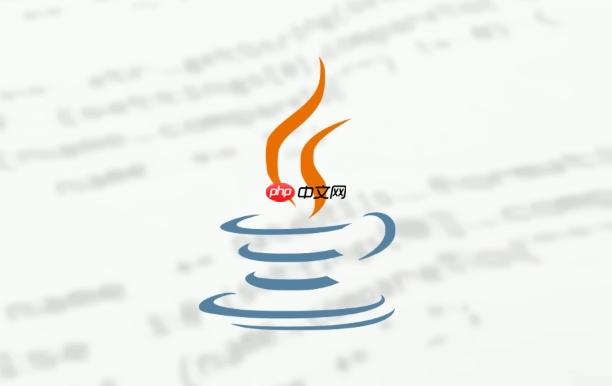答案:通过try-catch捕获IOException、使用try-with-resources自动管理资源、在finally块中关闭资源、记录日志并反馈用户,可有效防止程序因IOException崩溃。

在Java开发中,IOException 是常见的检查型异常,通常发生在文件读写、网络通信等I/O操作过程中。如果不妥善处理,会导致程序意外终止。防止程序因 IOException 崩溃的关键是合理使用 try-catch 机制,并结合资源管理策略。
任何可能抛出 IOException 的代码都应包裹在 try-catch 块中,确保异常不会向上传播导致主线程中断。
示例:
try {
BufferedReader reader = new BufferedReader(new FileReader("data.txt"));
String line = reader.readLine();
reader.close();
} catch (IOException e) {
System.err.println("读取文件失败:" + e.getMessage());
}Java 7 引入的 try-with-resources 能自动关闭实现了 AutoCloseable 接口的资源,避免资源泄漏,同时简化异常处理逻辑。
立即学习“Java免费学习笔记(深入)”;
改进示例:
try (BufferedReader reader = new BufferedReader(new FileReader("data.txt"))) {
String line;
while ((line = reader.readLine()) != null) {
System.out.println(line);
}
} catch (IOException e) {
System.err.println("I/O 操作异常:" + e.getMessage());
}在不使用 try-with-resources 的老代码中,finally 块可用于确保资源关闭。
注意:需判断资源对象是否为 null,防止 NullPointerException。
BufferedReader reader = null;
try {
reader = new BufferedReader(new FileReader("data.txt"));
// 处理文件
} catch (IOException e) {
System.err.println("发生异常:" + e.getMessage());
} finally {
if (reader != null) {
try {
reader.close();
} catch (IOException e) {
System.err.println("关闭资源失败:" + e.getMessage());
}
}
}捕获异常后不应静默忽略。良好的做法包括:
例如:
catch (IOException e) {
logger.error("文件读取失败,路径: data.txt", e);
System.out.println("无法加载数据,请检查文件是否存在或权限是否正确。");
}基本上就这些。只要做到异常捕获、资源释放、日志记录三者结合,就能有效防止 IOException 导致程序崩溃。关键是养成规范编码习惯,别让I/O操作裸奔。
以上就是在Java中如何捕获IOException防止程序崩溃_IO异常安全处理经验的详细内容,更多请关注php中文网其它相关文章!

每个人都需要一台速度更快、更稳定的 PC。随着时间的推移,垃圾文件、旧注册表数据和不必要的后台进程会占用资源并降低性能。幸运的是,许多工具可以让 Windows 保持平稳运行。

Copyright 2014-2025 https://www.php.cn/ All Rights Reserved | php.cn | 湘ICP备2023035733号